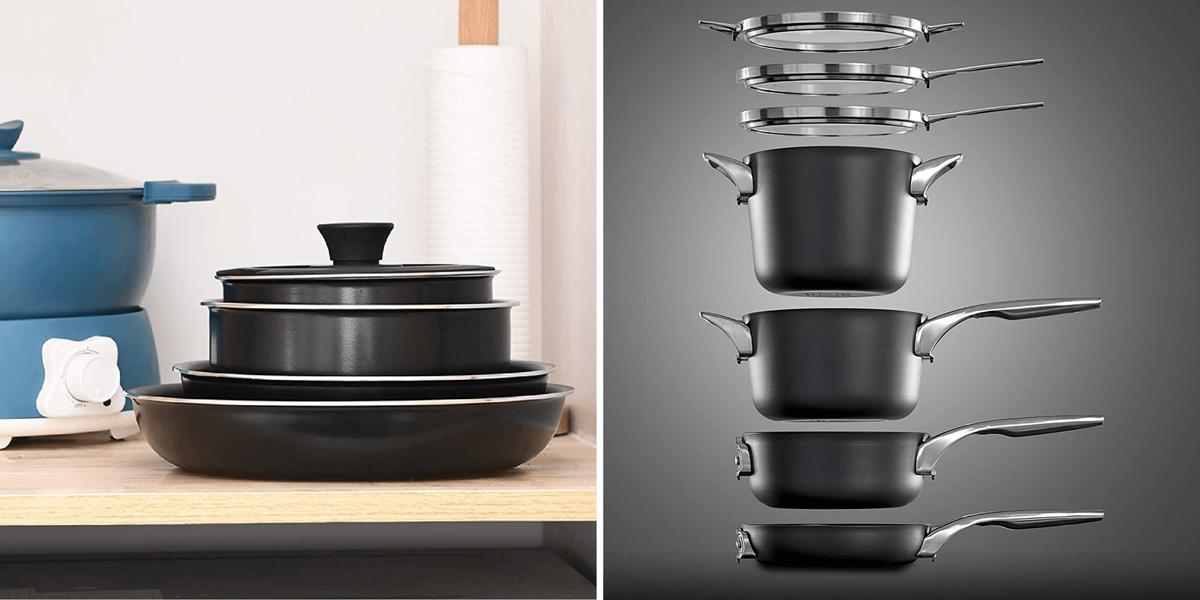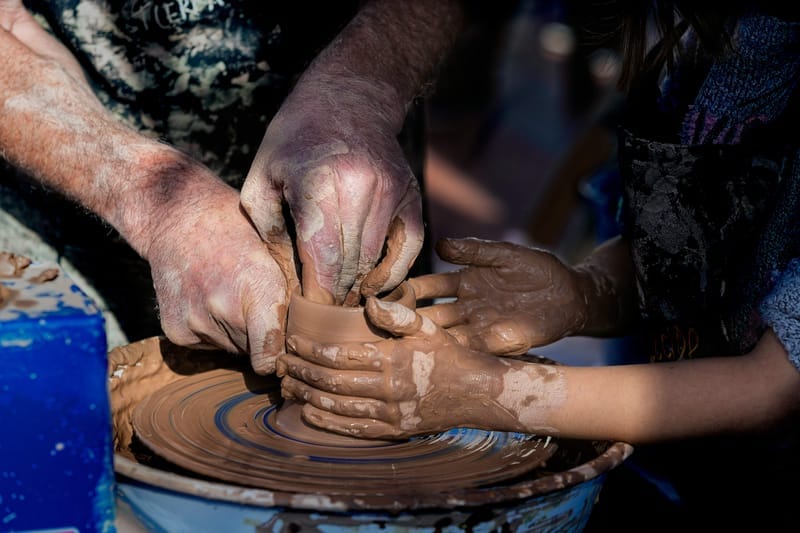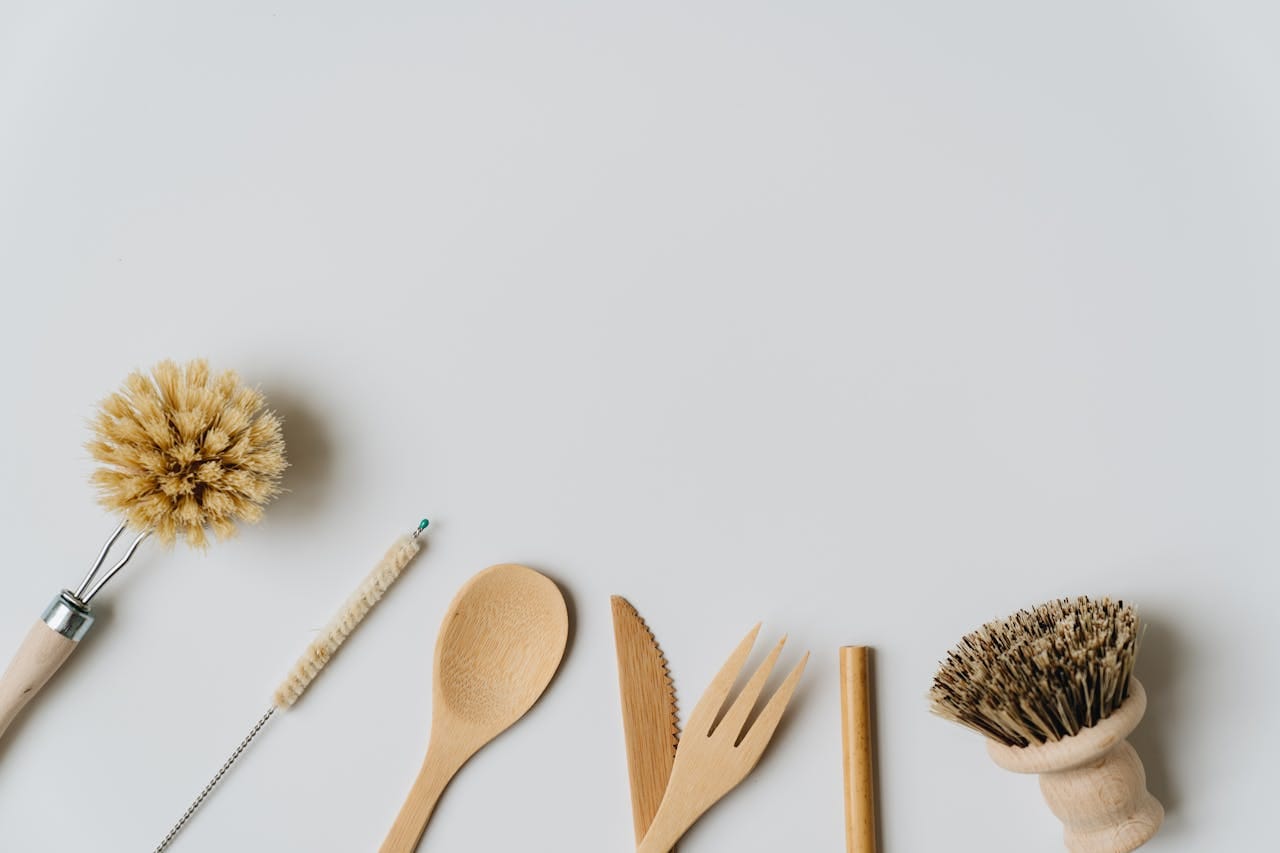Ever wondered how your cooking tools affect the planet and your health? In a world buzzing about being green, your kitchen's cookware is up for a cool makeover. This isn't just about buying new stuff; it's about making what you've got even better and greener. Ready to get crafty and eco-smart with your pots and pans? Let's jump into some awesome DIY eco-friendly cookware solutions that are good for you and the Earth!
In This Article
- Understanding Eco-Friendly Materials
- DIY Eco-Friendly Cookware Projects
- Adapting Existing Cookware
- Ready to Green Your Kitchen?
Understanding Eco-Friendly Materials
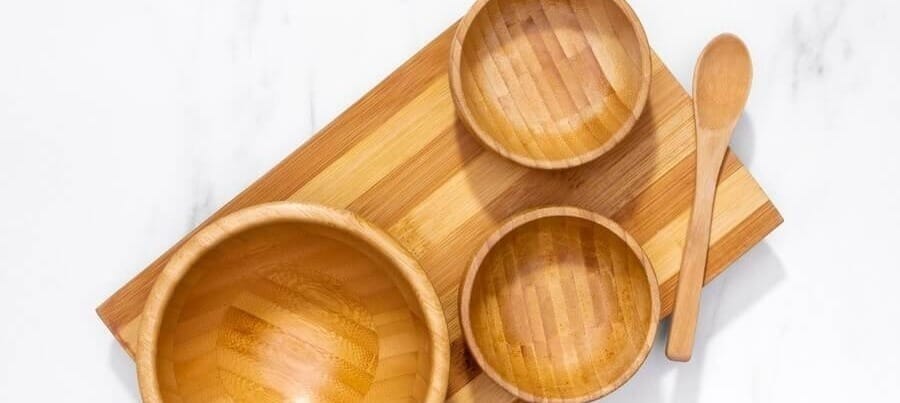
Before we start mixing and fixing, let's chat about what makes cookware "eco-friendly." It's all about using stuff that's kind to our planet—materials that don't harm the environment when we make them or toss them. Think bamboo, recycled metals, and even certain types of clay. These materials are superheroes because they're sustainable (which means the Earth can keep up with how much we use them), they don't harm the environment when produced or disposed of, and can even be certified sustainable through programs like Cradle to Cradle.
DIY Eco-Friendly Cookware Projects
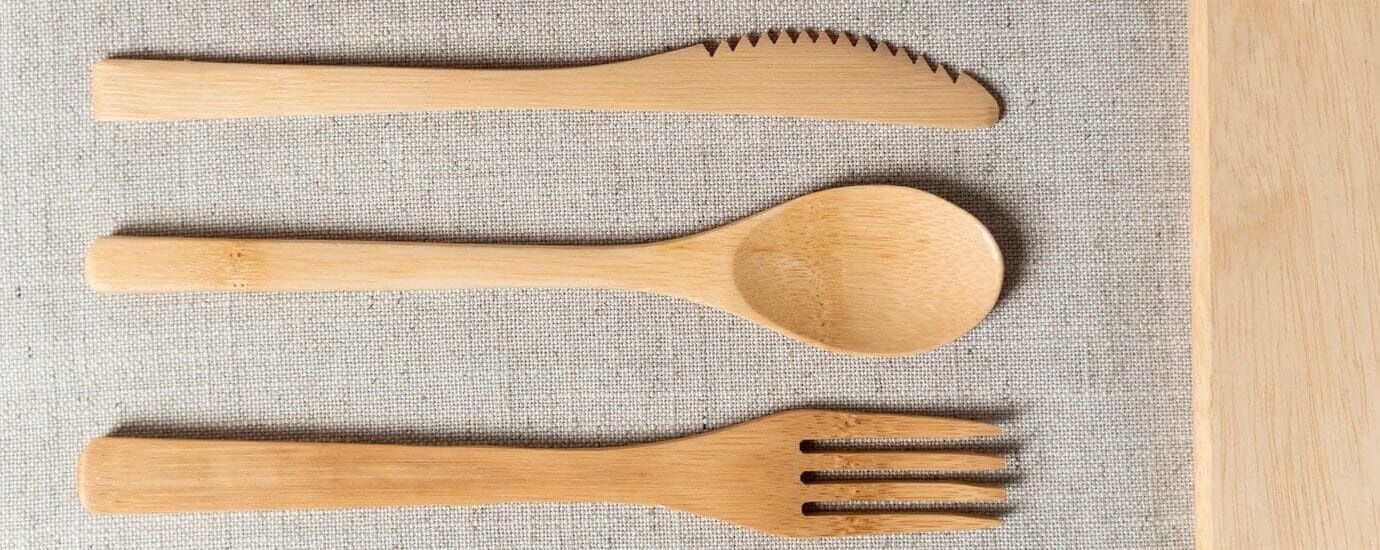
Non-Stick Skillet Coating
Tired of eggs sticking to your pan? You don't need those chemical non-stick pans to flip pancakes like a pro. We'll show you how to make a skillet as slippery as an ice rink, using just salt, oil, and a little heat. It's like giving your pan a spa day that leaves it non-stick and ready for action.
Bamboo Utensils
Bamboo is like the grass version of a superhero—it grows super fast and doesn't need any nasty chemicals to thrive. Grab some bamboo, and we'll guide you through making your own set of cooking utensils. It's easier than you think, and you'll end up with tools that don't scratch your pans or the planet.
Guide on Making Bamboo Utensils
Why Bamboo? Bamboo is a sustainable, fast-growing plant that makes for perfect eco-friendly kitchen utensils. It's naturally antimicrobial and sturdy, ideal for everyday cooking tasks.
Tools and Materials Needed:
- Bamboo stalks or pre-cut bamboo boards: Look for bamboo that's at least ½ inch thick for durability.
- Saw: For cutting the bamboo stalks to size.
- Carving knife: A sharp knife is essential for shaping and detailing your utensils.
- Sandpaper: Various grits for smoothing your utensils.
- Food-safe mineral oil: For finishing your utensils, making them safe to use with food.
- Safety gear: Gloves and eye protection.
Steps:
1. Select Your Bamboo
Choose bamboo stalks or boards that are free from cracks and blemishes. The size will depend on the utensils you're making. For stalks, you'll need to split them into slats.
2. Cut to Size
Using your saw, cut the bamboo into manageable pieces, slightly larger than your intended utensil size. If using a stalk, split it into quarters first.
3. Shape Your Utensils
Outline the shape of your utensil on the bamboo piece with a pencil. Common utensils include spatulas, spoons, and forks. Carefully carve out the shape with your carving knife. For spoons, you'll need to hollow out the scoop area, which can be done with a small chisel or the tip of your knife.
4. Smooth and Sand
Once your utensil is roughly shaped, use sandpaper to smooth out all surfaces. Start with a coarser grit and move to a finer grit for a smooth finish.
5. Finishing Touches
Wipe down your utensil with a damp cloth to remove any dust. Apply a coat of food-safe mineral oil with a clean cloth. Let it soak in and apply a second coat if necessary. This will seal the bamboo, making it durable and safe for cooking.
6. Caring for Your Bamboo Utensils
Hand wash with mild soap and water after use. Reapply mineral oil every few months to keep the bamboo conditioned.
Tips:
- Personalize Your Utensils: Get creative with the designs. You can carve initials, patterns, or even ergonomic handles.
- Safety First: Always cut away from your body and keep your work area clean to avoid accidents.
Recycled Metal Pots and Pans
Got an old metal pot that's seen better days? Don't toss it out! We've got the lowdown on how to turn old metal into cookware that looks and cooks like it's brand new. It's all about finding the right metal and giving it a little love and elbow grease.
Here's how to transform your tired pots and pans into gleaming kitchen essentials:
1. Identify the Metal: First, figure out what your cookware is made of. Cast iron and stainless steel are the best candidates for recycling. Each type requires a slightly different approach, but both can be rejuvenated with a bit of effort.
2. Cleaning and Prepping:
For Cast Iron:
- Scrub off any rust or old food residue with a steel wool pad. Don't be shy; cast iron is tough.
- Wash the skillet with warm, soapy water. This is the only time soap is recommended for cast iron, as it's about to be re-seasoned.
- Dry thoroughly. Cast iron hates moisture unless it's coming from a juicy steak.
For Stainless Steel:
- Use a mixture of vinegar and water to remove any tarnish. For tougher stains, a paste made from baking soda and water works wonders.
- Rinse and dry thoroughly to prevent water spots.
3. Re-seasoning (For Cast Iron):
- Coat the entire pan—inside and out, including the handle—with a thin layer of vegetable oil or melted shortening.
- Place it upside down in a preheated oven at 375°F (190°C) on the top rack, with a sheet of aluminum foil on the bottom rack to catch drips.
- Bake for 1 hour, then turn off the oven and let the pan cool inside. This process bakes the oil into the surface, creating a natural, non-stick coating.
4. Polishing (For Stainless Steel):
- After cleaning, you can polish stainless steel with a cloth dipped in olive oil or vinegar for extra shine. Buff gently for a sparkling finish.
5. Maintenance:
- Cast Iron: After each use, clean with hot water and a brush. Re-oil lightly before storing.
- Stainless Steel: Wash with soap and water after use. Dry immediately to maintain its luster.
Adapting Existing Cookware
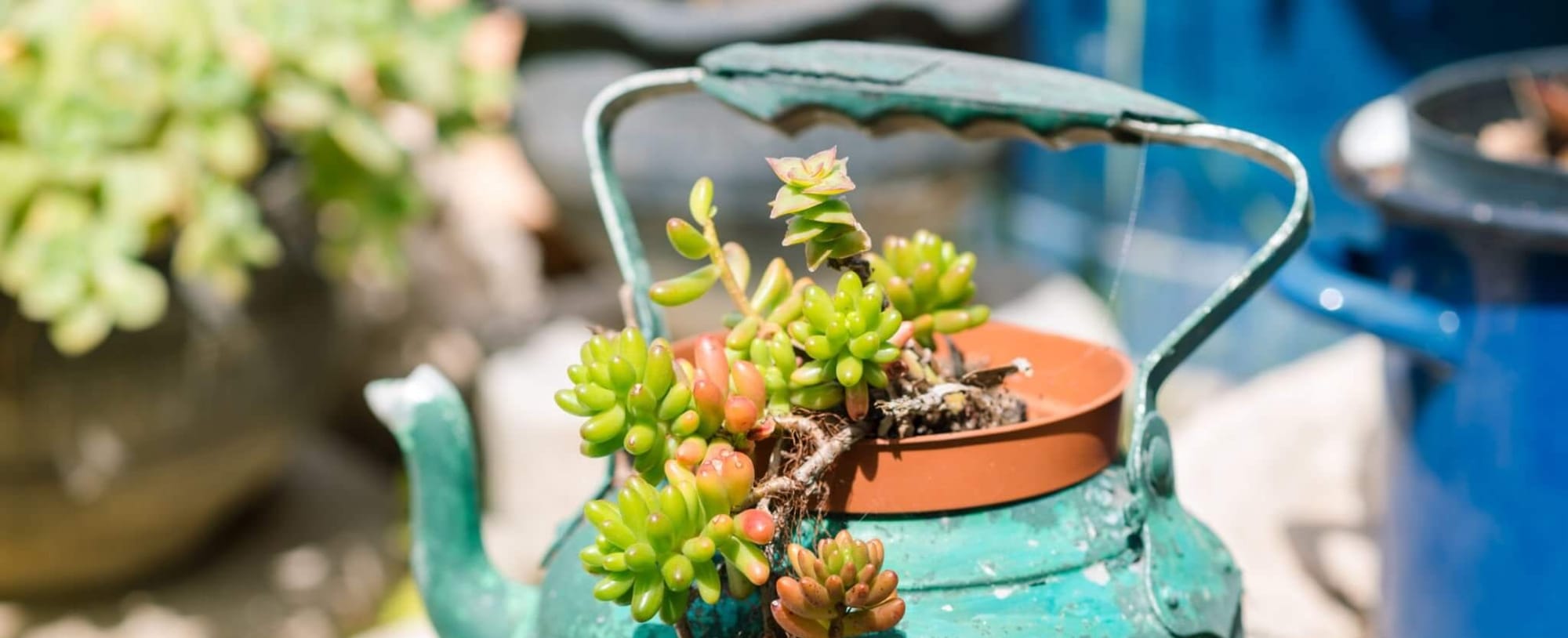
Not all eco-friendly changes require starting from scratch. Sometimes, a little creativity can transform what you already own into something even better. Here's how to give your current cookware an eco-friendly boost, including some nifty upcycling ideas:
Seasoning Your Cast Iron
You've got the basics down: clean, oil, bake. Remember, a well-seasoned cast iron pan can outlive us all, reducing the need for new cookware.
Polishing Stainless Steel
Bring back the shine with natural cleaners like vinegar or baking soda, avoiding harsh chemicals. This not only makes your cookware look great but also extends its life.
Upcycling Ideas
Planters: Old pots and pans can find new life as quirky planters. Just drill a few drainage holes in the bottom, fill with soil, and plant your favorite herbs or flowers. They're especially great for kitchen herbs, keeping your cooking green in more ways than one.
Wall Decor: Decorate your kitchen walls with vintage cookware. It adds a rustic charm and keeps unused items out of landfills. Plus, you can always take them down and use them if you need to.
Candle Holders: Melt down old candles and pour them into heat-resistant cookware like small saucepans or teacups. Add a wick, let it set, and you've got a beautiful, eco-friendly candle.
Organizers: Use old cookware to organize your kitchen or work space. Small pots can hold utensils, while pans can serve as trays for spices, jewelry, or even desk supplies.
Ready to Green Your Kitchen?
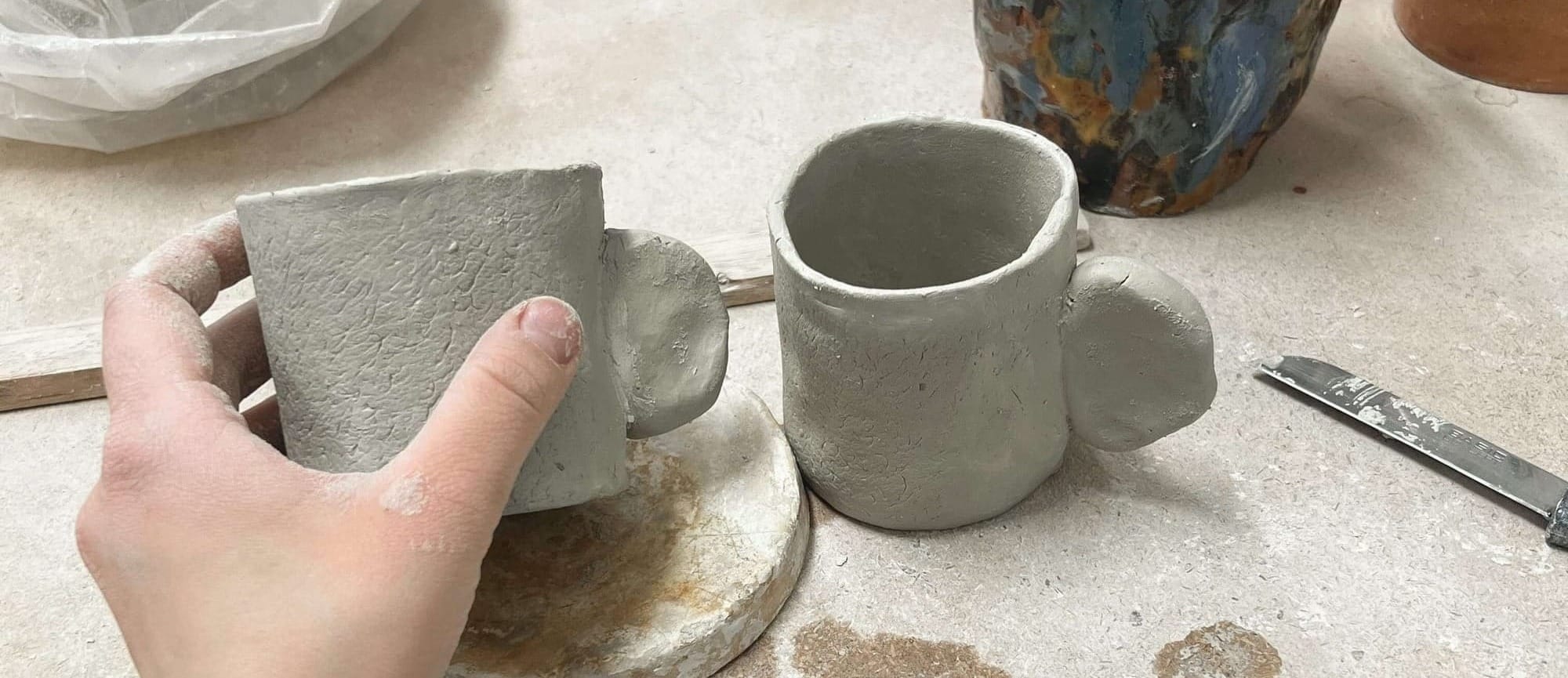
You've got the know-how, and now it's time to put those eco-friendly ideas into action! Start small by picking one DIY project or cookware care tip from this guide and give it a try. Whether it's seasoning an old cast iron skillet or making your own bamboo utensils, every step you take makes a difference for our planet.
Don't keep these green secrets to yourself! Share your eco-friendly cookware projects and tips with friends, family, and on social media. Inspire others by showing how easy and rewarding it is to make sustainable choices in the kitchen.
Together, we can cook up a healthier planet, one eco-friendly pot and pan at a time. What's your first project going to be?
- Further Reading: "Natural Cleaning Solutions for Cookware" to complement your DIY eco-friendly cookware with natural cleaning methods.
- You Might Be Interested: "Choosing Wisely: How to Choose Eco-Friendly Cookware" for guidance on selecting new eco-friendly pieces to add to your collection.
